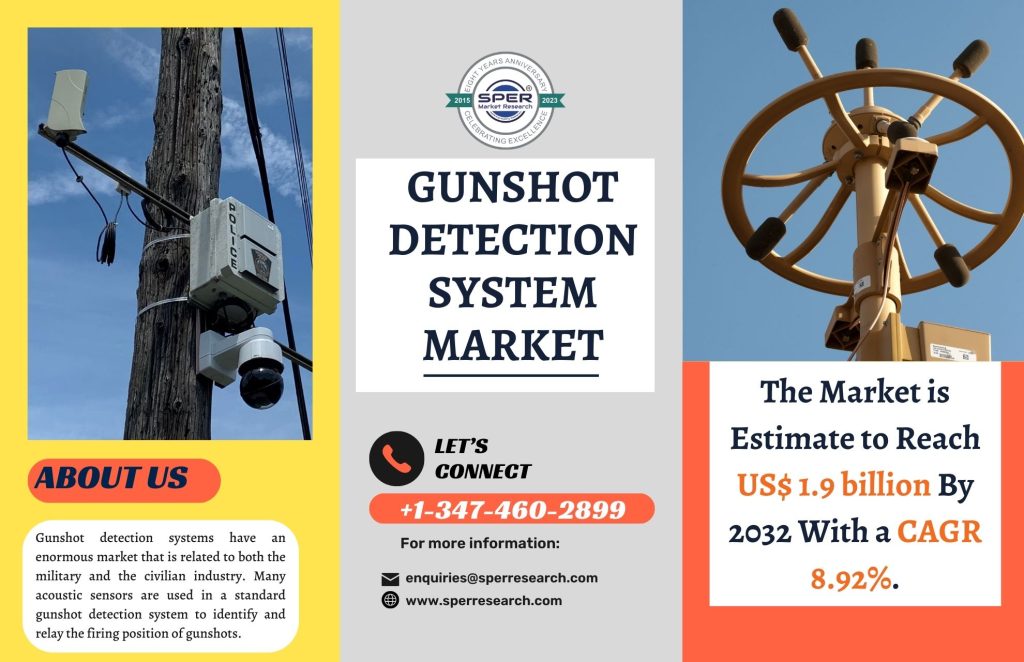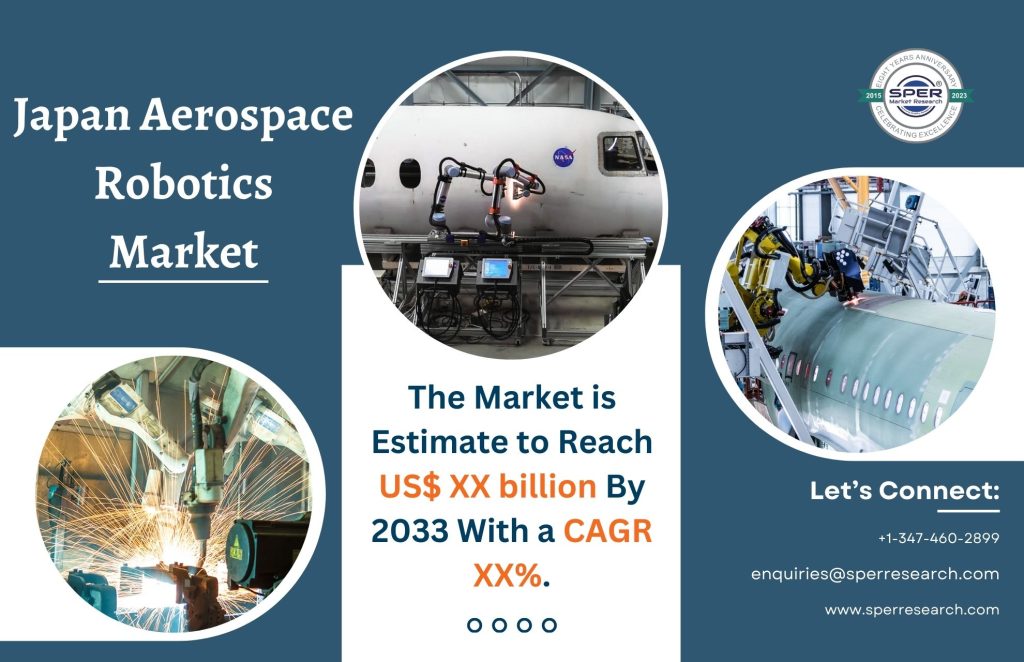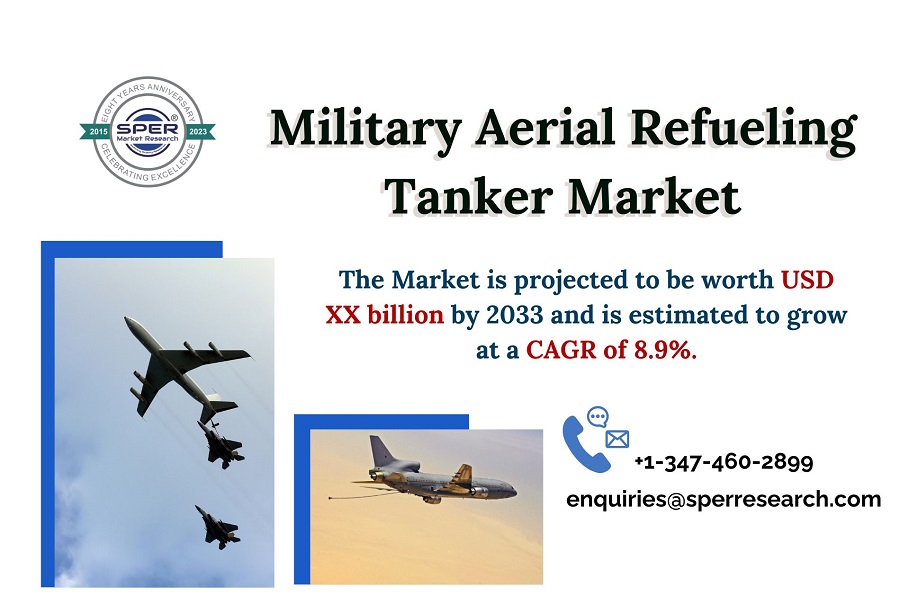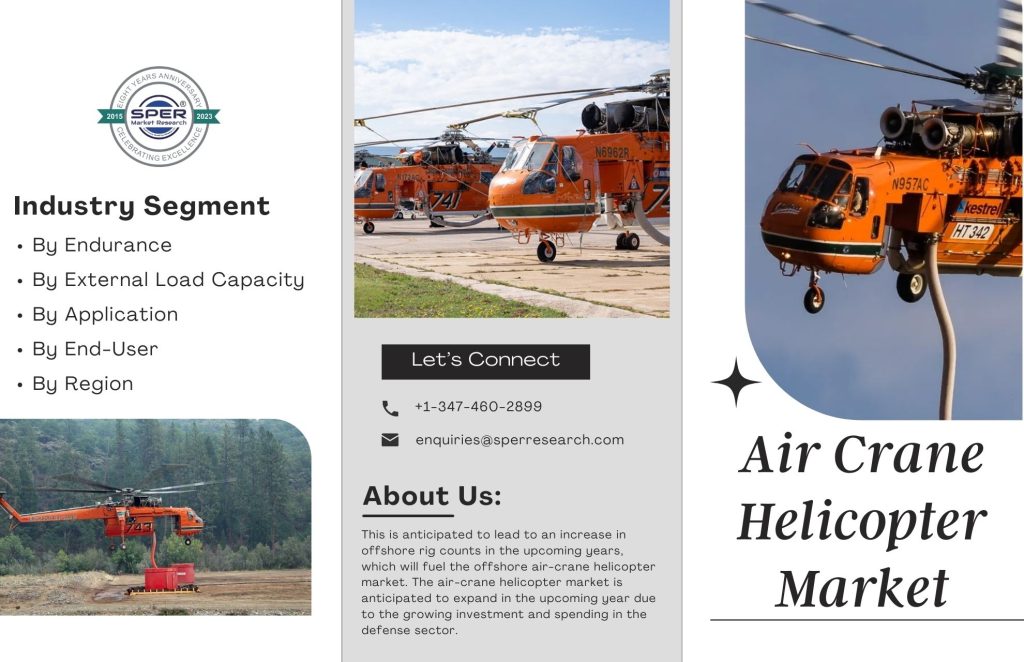Threats across a wide area are detected and identified by border protection procedures. Illegal immigration and people smuggling are a couple of these. In order to provide efficient border security solutions, this system consists of high-performance radars and cameras that perform an instant warning and threat assessment. In order to guarantee efficient and dependable border security, governments have used cutting-edge border protection systems. These methods are intended to recognize and steer clear of potentially harmful situations that may endanger national security. Furthermore, security technology comes in a variety of forms, each with a unique advantage.
According to SPER market ‘Border Security System Market Size- By Environment, By System- Regional Outlook, Competitive Strategies and Segment Forecast to 2033’ state that the Border Security System Market is predicted to reach USD 110.90 billion by 2033 with a CAGR of 10.71%.
Numerous sectors use security products for a range of purposes, including asset inspections, research, emergency response, mapping and surveying, aerial photography and videography, and salvaging. Furthermore, as unmanned aerial vehicles (UAVs) and unmanned ground or underwater vehicles (UGUVs) become more common in the defense sector, the need for longer-range obstacle detection and collision avoidance systems is anticipated to increase at an astounding rate. Additionally, the deployment of unmanned systems by law enforcement and defence forces for tasks like crowd tracking, location monitoring, site exploration, and search and rescue operations is driving up need for security.
Rising dangers like terrorism and uncontrolled migration are putting more pressure on emerging nations to maintain the greatest degree of security. Implementing security systems and solutions slowly is one of the biggest problems security solution providers face. For example, intelligence gathered through ongoing network monitoring powers the deployment of cyber solutions. absence of proactive measures, particularly in cyber security and emergent response, is the main cause of the absence of proactive procurement and implementation. In order to defend a nation from the threat of approaching danger, swift action is crucial. Governments are concerned about privacy when adopting scanning and facial recognition systems in the early stages. Governments are also impacted by public protests when it comes to making such judgments and swiftly implementing policies and solutions.
Request For Free Sample Report @ https://www.sperresearch.com/report-store/border-security-system-market.aspx?sample=1
Impact of COVID-19 on Global Border Security System Market
The world economy was severely impacted by the COVID-19 pandemic. Nonetheless, compared to 2019, defence spending increased in 2020. The COVID-19 pandemic’s outbreak and the shutdowns that followed had an impact on the military R&D tempo in various nations as well as the defence industrial industry. Due to the fact that multiple programs depend on a distinct worldwide network of component suppliers, the pandemic’s detrimental effects were evident across the world’s defence supply chains.
Border Security System Market Key Players:
The market is divided into five regions: North America, Europe, Asia Pacific, the Middle East and Africa, and Latin America. The market for border security was largest in Asia Pacific. The region’s expansion is being propelled by increased military modernization projects and budgets in China, South Korea, and India. Increasingly, there are bilateral conflicts, territorial activities, illegal migration, drug trafficking, and other factors that contribute to the region’s expansion. Further driving the market expansion in Asia Pacific is the growing need for border protection systems and solutions from small and medium-sized businesses in China, India, Japan, Australia, and other countries. Long-term expansion in the worldwide industry is anticipated for the area. Additionally, the key market players are Lockheed Martin Corporation, Northrop Grumman Corporation, Raytheon Company, and Thales.
Border Security System Market Segmentation:
The SPER Market Research report seeks to give market dynamics, demand, and supply forecasts for the years up to 2033. This report contains statistics on product type segment growth estimates and forecasts.
By Environment: Based on the Environment, Global Border Security System Market is segmented as; Aerial, Ground, Naval.
By System: Based on the System, Global Border Security System Market is segmented as; Biometric Systems, C2C, Camera, Laser, Perimeter Intrusion, Radar, Unmanned Vehicles, Wide Band Wireless Communication.
By Region: This research also includes data for North America, Asia-Pacific, Latin America, Middle East & Africa and Europe.
This study also encompasses various drivers and restraining factors of this market for the forecast period. Various growth opportunities are also discussed in the report.
For More Information, refer to below link:-
Border Security System Market Future Outlook
Related Reports:
Follow Us –
LinkedIn | Instagram | Facebook | Twitter
Contact Us:
Sara Lopes, Business Consultant – U.S.A.
SPER Market Research
+1-347-460-2899









